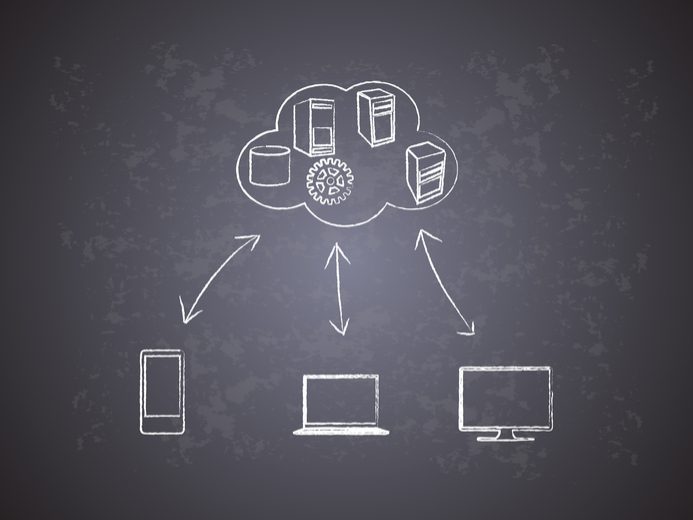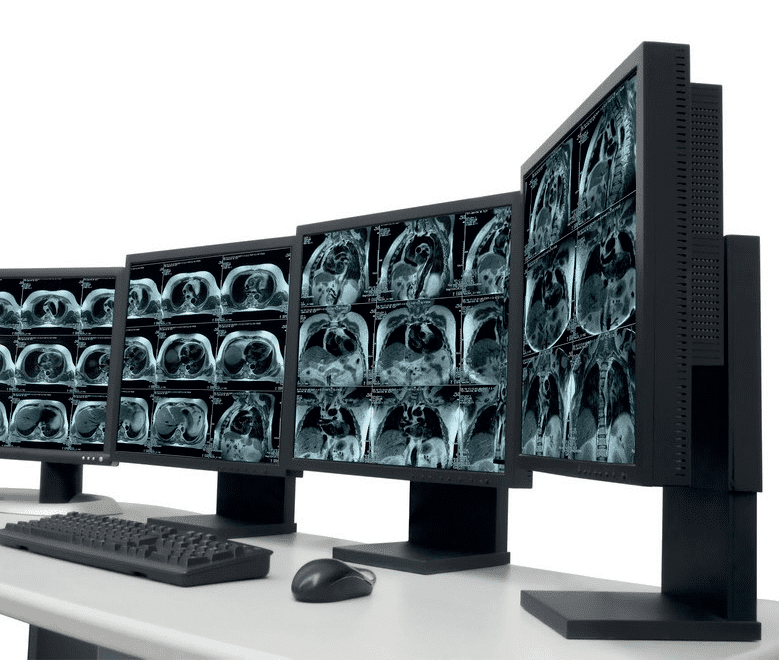Today SaaS is used in many different areas of business, including human resource management (HRM), customer relationship management (CRM), software development, accounting, and for collaborative work or procurement activities.
Given how popular it is becoming, it’s not surprising that many software companies, including those who supply remote access solutions such as ourselves, are moving to this model of delivering their products to customers. A report from Gartner predicts that the world-wide market for SaaS is set to grow from $55.1 billion in 2018 to $75.7 billion by 2020.
In this post we’ll briefly explain what SaaS involves and take a look at some of the benefits of this model for your business.
So what is Software as a Service (SaaS)? Put simply, it’s software that you lease by subscription from the company that created it and who are also responsible for its ongoing maintenance.
The software is hosted remotely, and you connect to it through a cloud service. Access is usually via a web browser or mobile apps, reducing the need for heavyweight and fixed desktop computers. Because of this distributed business model, adopting SaaS has a number of potential benefits.
SaaS has lower initial costs and faster deployment
As SaaS applications are hosted in the cloud, and can be accessed remotely, there’s no need for companies to spend large sums of money to host those applications themselves. SaaS vendors provide most of the heavy lifting of getting the software up and running for you.
Similarly, providers are also responsible for keeping applications and the data they process maintained and secure. In other words, any issues that arise are their responsibility to fix, freeing your IT team to do their own job—solving your company’s business-specific problems.
This means that deployment times for a solution can be reduced dramatically from months to potentially weeks, or even days. In the fast-moving world of business these savings can be really valuable, lessening the burden on sales and marketing budgets.
It’s flexible and cost-effective
Unlike enterprise software with a perpetual license with up-front costs, SaaS works on a subscription model, which makes it very flexible and economical for any company. You can buy licenses for just the number of users you need at any one time and know exactly how much you are spending month on month.
The flexibility of SaaS makes this model particularly suitable for businesses with real prospects of growths or looking to scale up or down. If you need to expand, you don’t need to buy more server capacity and software licenses, just simply change your subscription to accommodate your growing workforce. For these reasons, SaaS subscriptions are generally priced competitively compared to on-site software, and are much more flexible.
It’s updated frequently
As the software you use is hosted by the vendor, it’s up to them to update and maintain it to agreed standards. Because they can deploy changes and updates to everyone at once, vendors can innovate quickly to offer them the very best service with frequent updates.
Since they run in the cloud, most SaaS applications can interface directly with other SaaS applications you subscribe to, making it quick and easy to integrate tools. You can get the best-of-breed tool for each part of your business functionality and join them together in the way that suits your business, often without needing expensive developer time to make it happen.
It’s user friendly
It’s fair to say that with a monthly pay-as-you-go subscription application, vendors have more incentive to make their application easy to use and meet your needs – if they don’t, you can easily end your subscription, and go to a competitor that does!
This means that you don’t have to risk investing time and money in potentially expensive in-house custom software that your employees find difficult to use. A user-friendly SaaS solution means that staff are free to get on with their work, rather than have to learn a potentially complex new piece of software.
Moving to a SaaS model offers considerable benefits for the customer, particularly in terms of flexibility and peace of mind.
As we’ve seen in this post, the value for money and user-friendliness of Software as a Service are one of the primary drivers of SaaS adoption, but if you want to find out more specifically about choosing a SaaS remote access solution, you can read a good overview here.













